When it comes to engines and longevity, the truth is often more complex than the shiny ads and glossy brochures would have us believe. As a car enthusiast or even a casual driver, one of the most critical considerations when purchasing a vehicle—especially a used one—is how well the engine holds up over time and mileage.
Engine reliability isn’t just a matter of avoiding breakdowns; it’s about the cumulative costs of maintenance, repairs, and the sheer peace of mind that comes with knowing your car will keep running smoothly for hundreds of thousands of miles. In this regard, not all engines are created equal.
Some powerplants are engineered with longevity baked into their DNA, designed to endure the wear and tear of daily use, long highway runs, and even tough environmental conditions.
Others, while often high-performing or technologically advanced, reveal their weaknesses after a certain mileage threshold—typically around 75,000 miles—when maintenance demands escalate and failures become more frequent.
This article dives deep into two distinct groups of engines: those that genuinely love high mileage, rewarding owners with years of dependable service, and those that tend to hate high mileage, showing significant signs of deterioration and costly failures once they pass the 75,000-mile mark.
Understanding this distinction is vital not only for buyers looking to invest in a reliable vehicle but also for current owners aiming to maximize their engine’s lifespan through informed maintenance and care.
Engines that thrive on high mileage are often characterized by robust engineering, simpler mechanical designs, and components built to withstand the rigors of prolonged use. These engines may not always be the flashiest or most powerful, but their reputation for durability and longevity is hard-earned.
Many of these power plants come from an era or philosophy where serviceability and reliability were prioritized over outright performance or complexity. In these engines, factors such as cast-iron blocks, forged internals, and straightforward valve train designs contribute significantly to their ability to endure.
On the flip side, engines that hate high mileage usually embody a different set of design priorities. They might incorporate cutting-edge technologies like direct fuel injection, turbocharging, variable valve timing, and complex emissions control systems.
While these advancements can provide superior performance, fuel efficiency, and cleaner emissions, they often come at the cost of increased mechanical complexity and heightened sensitivity to maintenance routines.
Once these engines hit the 75,000-mile mark, components like timing chains, turbochargers, high-pressure fuel pumps, or plastic tensioners may start to fail, leading to a cascade of issues that can quickly become expensive to repair.
Neglecting routine maintenance or pushing the engine hard can accelerate this decline, making these powerplants less than ideal for buyers seeking peace of mind and longevity.
It’s also important to note that driving habits, maintenance schedules, and environmental factors play critical roles in determining how well any engine will perform over time. No engine is completely immune to wear and tear, but some are far more forgiving of minor neglect and harsh operating conditions than others.
The engines that love high mileage often reward diligent care with astonishing lifespans, sometimes exceeding 300,000 miles with minimal rebuilding. Meanwhile, the engines that hate high mileage may start showing symptoms of trouble as early as 75,000 to 100,000 miles, even with reasonable upkeep.
This article highlights five engines known for their remarkable resilience and affection for high mileage, as well as five engines notorious for struggling beyond the 75,000-mile mark. By the end, you’ll have a clearer understanding of what to look for when choosing a vehicle for longevity, how to anticipate and manage common issues, and why some engines simply stand the test of time better than others.
Whether you’re a prospective buyer, a current owner, or an automotive enthusiast, this guide will arm you with valuable insights into the sometimes unpredictable world of engine durability.
Also Read: Top 10 EV Features That Come in Useful in Daily Commute
Engines That Love High Mileage
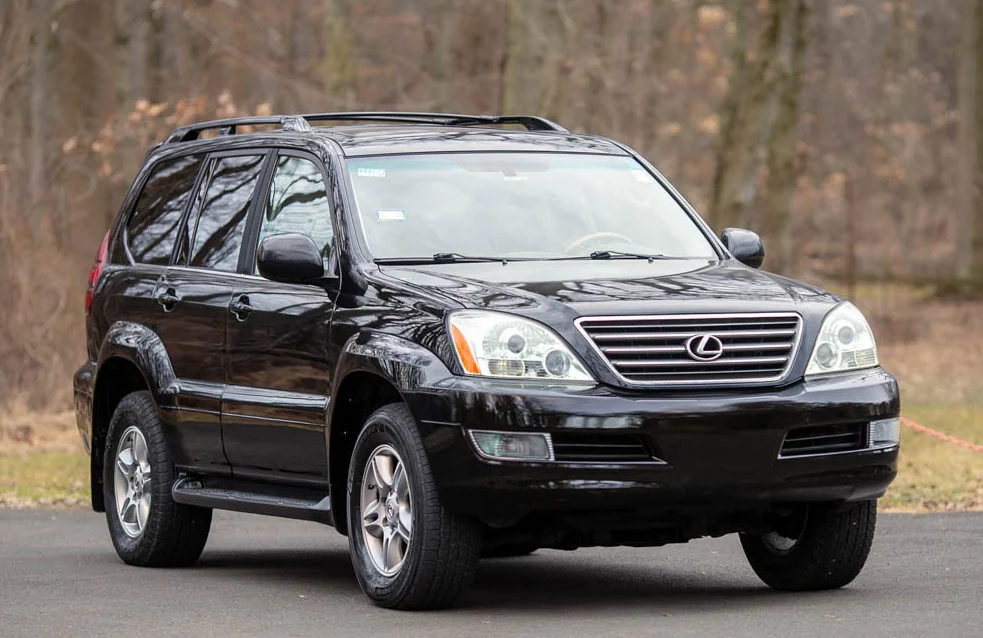
1. Toyota 2UZ-FE (4.7L V8)
The Toyota 2UZ-FE is widely hailed as one of the most durable V8 engines ever produced, and for good reason. This engine was built during a time when Toyota was over-engineering many of its components to withstand rugged use, especially in global markets where maintenance infrastructure might be limited.
Used in platforms like the Land Cruiser, Tundra, Sequoia, and Lexus GX470, this powerplant is a cast-iron block V8 designed not for speed, but for longevity. The engine was specifically developed for body-on-frame trucks and SUVs, giving it the extra strength and tolerance needed for towing, hauling, and off-road use under extreme conditions.
What really sets the 2UZ-FE apart is its overbuilt nature. The cast-iron block makes it heavier, but it’s also far more resistant to thermal fatigue and warping than aluminum alternatives. Toyota kept the compression ratio low, reducing internal stress on pistons and cylinder walls, and paired the engine with a non-interference timing belt design.
This means that even if the belt snaps, the pistons and valves won’t collide—a rare safety net in modern engines. The simplicity of the engine means fewer electronics, less complexity, and ultimately less to go wrong over hundreds of thousands of miles.
When it comes to real-world longevity, this engine routinely proves itself. There are countless stories of 2UZ-powered vehicles exceeding 300,000 miles without major internal work. In fact, many owners only need to address routine service items like water pumps, belts, spark plugs, and fluids.
Even valve cover gaskets and PCV valves typically last over 150,000 miles. Oil consumption tends to stay consistent, and there are minimal reports of sludge issues when regular oil changes are performed. Additionally, this engine is extremely forgiving, often running smoothly even when maintenance isn’t performed religiously—though of course, good upkeep will always yield the best results.
The 2UZ-FE is a prime example of Toyota’s philosophy during its “golden era” of engineering, when long-term durability was more important than squeezing out extra horsepower or improving EPA numbers. It’s not the most fuel-efficient engine out there, and it doesn’t boast exciting performance figures, but it’s a tank in disguise.
This motor thrives on long highway miles, off-road adventures, and everything in between. When treated with even modest respect, the 2UZ-FE will serve as a reliable companion for a very, very long time, making it one of the most revered high-mileage champions in automotive history.
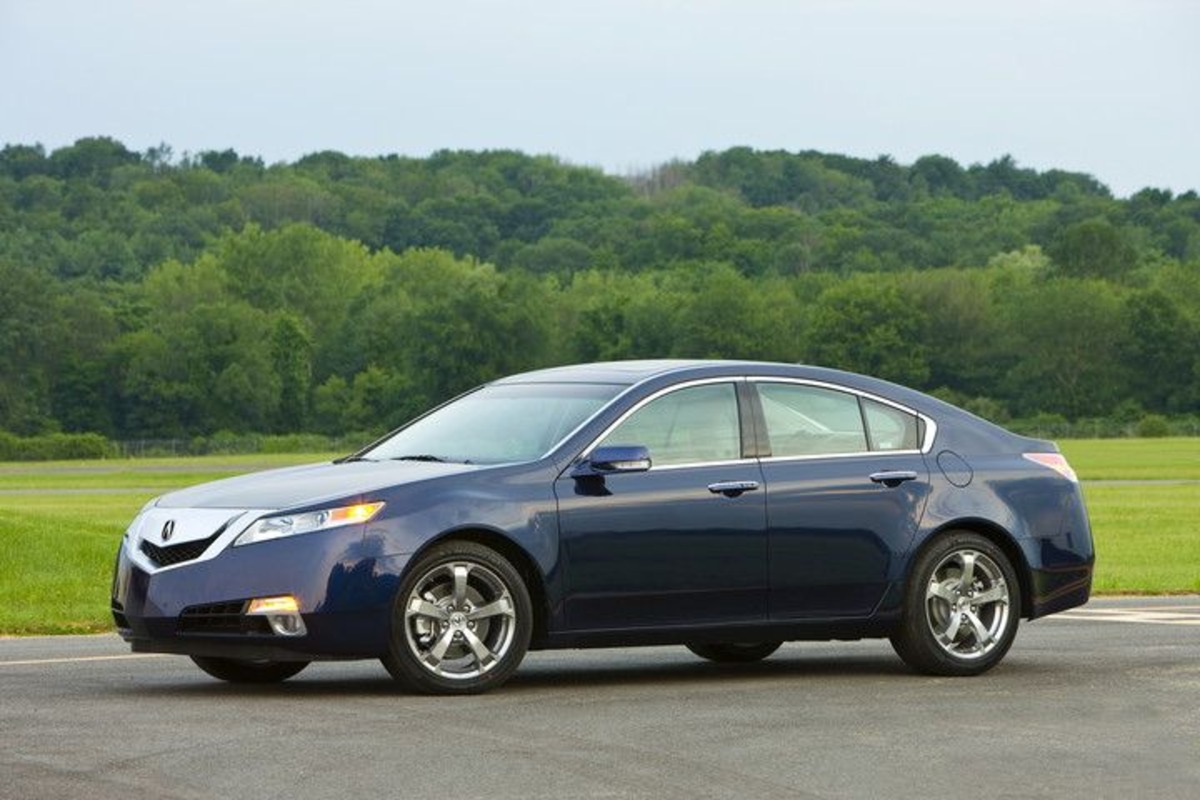
2. Honda K24 (2.4L I4)
The Honda K24 engine stands as a beacon of balance in the automotive world, combining strong performance, fuel efficiency, and legendary reliability into a single package. Found in a range of Honda and Acura vehicles—including the Accord, CR-V, Element, TSX, and even some Civics—the K24 delivers a rare mix of technical sophistication and mechanical simplicity.
It features an aluminum block with cast-in iron cylinder liners, a forged crankshaft in some variants, and a robust chain-driven dual overhead cam (DOHC) valvetrain. Unlike some of Honda’s older high-strung VTEC engines, the K24 was designed to be torque-oriented and user-friendly, allowing for relaxed highway cruising and long-term durability.
One of the most significant strengths of the K24 is its durable timing chain system, which eliminates the need for periodic belt replacements and reduces long-term maintenance costs. Honda engineered this motor to maintain oil pressure and balance across the engine’s lifespan, leading to smooth operation even as the mileage climbs.
The K24 also uses intelligent VTEC tuning in most of its applications, activating variable valve lift and duration only when needed. This not only improves fuel efficiency but also helps reduce mechanical wear and stress on critical components. The pistons, rods, and bearings in the K24 are robust enough to tolerate high-RPM conditions without becoming prone to failure, yet they also run efficiently under mild load during normal driving.
In terms of real-world mileage, K24 engines routinely push past 250,000 miles with minimal issues, and some examples have been known to hit 300,000 or even 400,000 miles with basic care. Regular oil changes, valve adjustments, and coolant flushes are usually enough to keep the engine humming like new.
It’s particularly impressive that even at high mileage, the K24 tends to retain strong compression numbers, good fuel economy, and low oil consumption—traits that many engines start to lose past the 150,000-mile mark. Plus, replacement parts are cheap and readily available, which means repairs are easy and affordable if something does go wrong.
In the tuning world, the K24 is also a favorite for engine swaps, especially into older Hondas, due to its mix of reliability and performance potential. But for daily drivers and high-mileage commuters, it’s the stock form that wins hearts.
Smooth, low-maintenance, and built to last, the Honda K24 is the kind of engine that makes owners confident buying used vehicles, even with six-figure mileage on the odometer. It’s a masterclass in engineering that proves longevity doesn’t require sacrificing fun or efficiency.
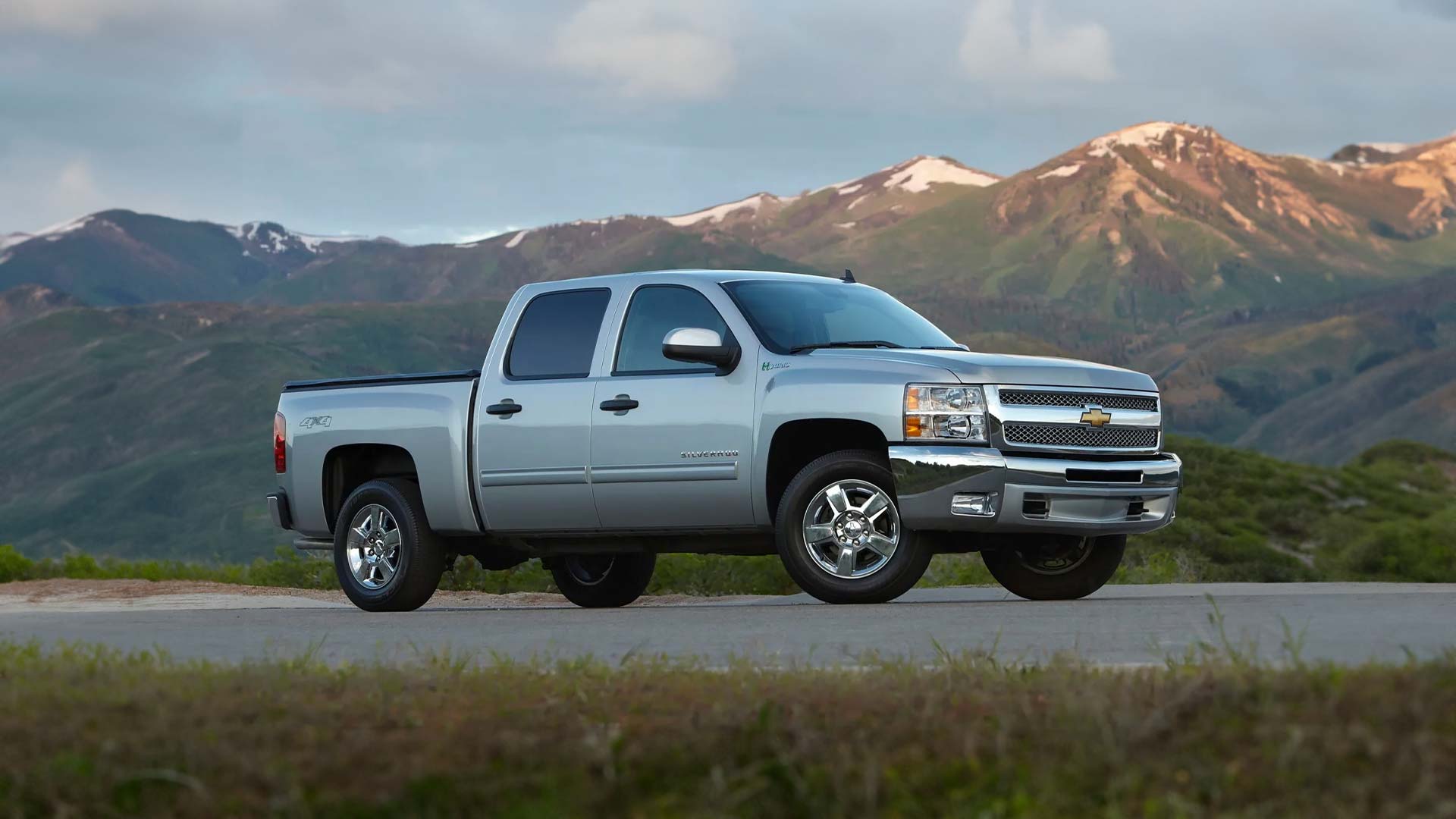
3. GM 5.3L Vortec (LS-Based)
General Motors’ 5.3L Vortec V8—particularly in its Gen III and early Gen IV iterations—is a workhorse engine with an enviable reputation for durability. Found in millions of GM trucks, SUVs, and even some performance sedans, this engine is one of the most common V8s on American roads today.
Part of the LS engine family, the 5.3L Vortec was built with reliability and serviceability in mind, with many of its components designed to survive the harsh demands of towing, hauling, and fleet use. Whether in a Silverado hauling lumber or a Suburban driving across country, the 5.3 has proven itself to be a bulletproof, high-mileage motor.
What makes the 5.3 stand out is its rugged construction and simplicity. It features a cast-aluminum or cast-iron block depending on the model, cathedral-port cylinder heads for better fuel atomization, and a long-lasting chain-driven camshaft system.
These engines are not designed for high-RPM thrills, but for consistent mid-range torque and stress-free operation. The lower rev limits and strong bottom-end torque mean internal components don’t suffer from the same kind of high-speed wear seen in performance-focused engines. The oiling system is generous, and bearing surfaces tend to wear evenly, promoting long-term mechanical health.
Even when AFM (Active Fuel Management) systems began appearing in later variants, which allowed the engine to deactivate cylinders for fuel economy, many owners still managed well over 200,000 miles before needing to address any issues.
While AFM can sometimes lead to oil consumption problems or lifter failure, these problems are well-documented and manageable with preventative measures or delete kits. In non-AFM variants, the engine is even more bulletproof. Regular oil changes, cooling system maintenance, and occasional sensor replacements are all it takes to keep these motors running strong for the long haul.
It’s not unusual to see early 2000s GM trucks with original engines and 300,000 miles still operating as daily drivers or work trucks. Their ubiquity means parts are always available, and mechanics everywhere are familiar with them, keeping repair costs low.
Ultimately, the 5.3L Vortec is an example of how American V8s, when done right, can deliver both power and unmatched durability. For those who rack up long miles, this is one of the safest bets in the used engine world.
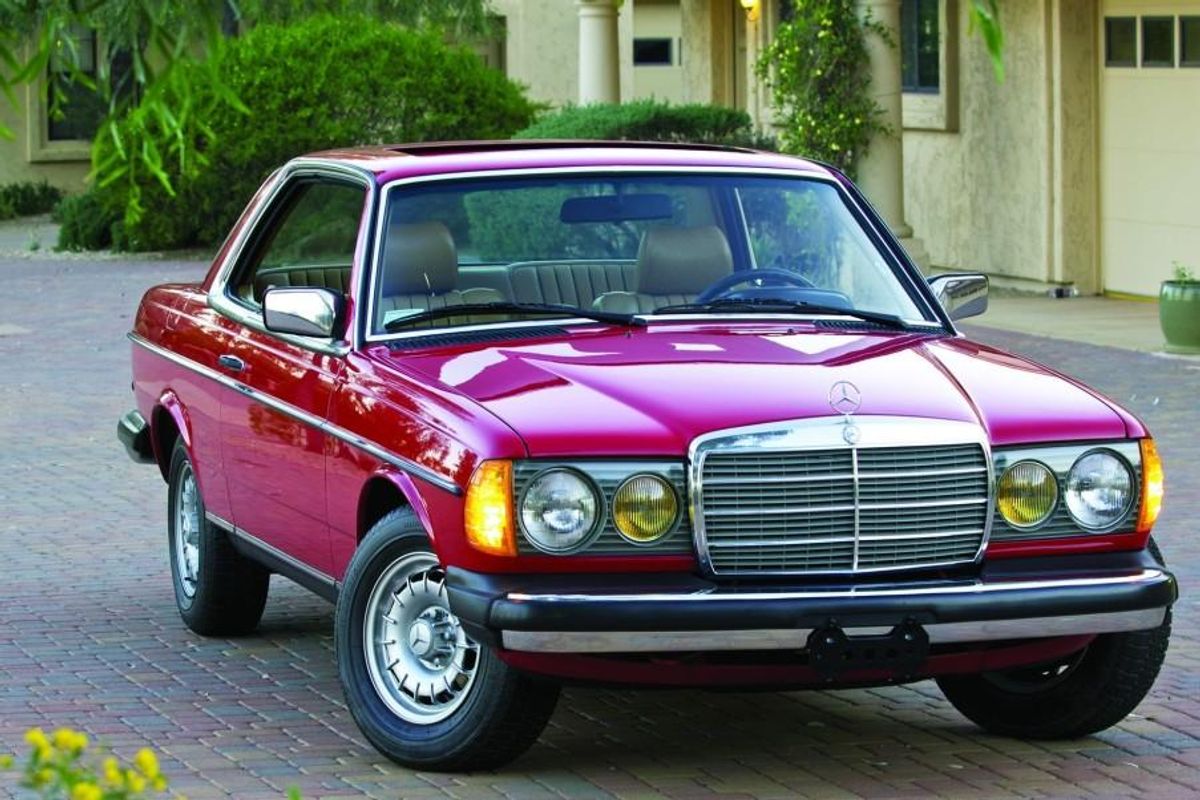
4. Mercedes-Benz OM617 (3.0L I5 Diesel)
The Mercedes-Benz OM617 is perhaps the most iconic diesel engine ever to come from Germany, and it has the mileage credentials to back up its legendary status.
Used predominantly in the late 1970s and 1980s in vehicles like the Mercedes W123 and W126, this five-cylinder, mechanically-injected diesel engine was engineered to run reliably in places where servicing might be rare and fuel might be of questionable quality.
Its design is nothing short of overkill by modern standards—built with thick cast-iron walls, no electronic controls, and an injection system that could run through just about anything flammable.
This engine was designed during a time when Mercedes-Benz prioritized mechanical precision over profit margins. The OM617’s internals are robust to the extreme: forged pistons, low compression strain, and indirect injection contribute to a very slow wear cycle.
The engine’s mechanical injection pump is one of its standout features—it can last upward of 400,000 miles without a rebuild and only requires clean diesel and occasional fuel filter replacements. These engines are so reliable that some were even adapted for industrial applications, from agricultural machines to stationary generators in remote parts of the world.
Owners routinely report OM617-powered vehicles reaching 500,000 miles and beyond. When maintained correctly (and even sometimes when neglected), these engines can keep going almost indefinitely. Valve lash adjustments are required every 15,000 miles, but beyond that, oil changes and fuel system cleaning are the main forms of care.
Even when oil leaks develop—as they often do with age—they rarely impact performance. The engine doesn’t rely on sensors or electronic diagnostics to function, meaning fewer failure points over time. It will even start in cold weather with the help of glow plugs, adding to its rugged charm.
Although the OM617 isn’t fast—it’s downright sluggish by today’s standards—it was never designed to be. Instead, it was meant to endure, operate cheaply, and outlast every other component in the car.
And in many cases, that’s exactly what it has done. This engine is proof that if you design something with durability as the main goal, it can exceed expectations even 40 years later. It’s not just an engine—it’s a symbol of mechanical integrity and long-haul performance.
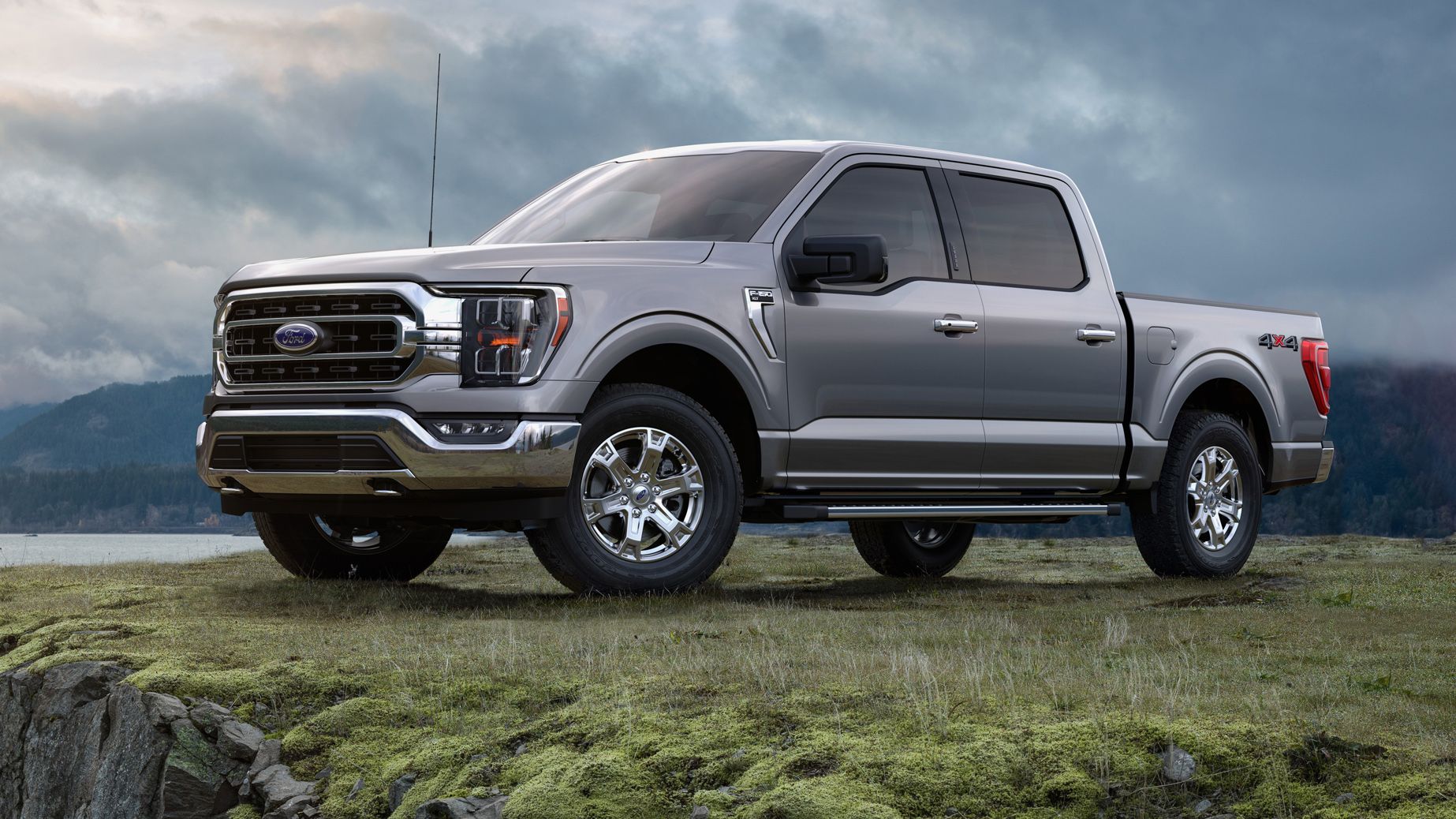
5. Ford 4.9L Inline-6 (300 I6)
The Ford 4.9L Inline-6, also known as the 300 I6, is one of the most revered engines in American automotive history, particularly when it comes to long-term durability and high-mileage performance. Produced from the mid-1960s through the mid-1990s, this engine was a staple in Ford trucks, vans, and utility vehicles.
Its reputation stems from its incredibly simple and rugged construction, with a design philosophy focused entirely on reliability, ease of maintenance, and endurance over decades of use. It wasn’t flashy or high-revving, but that’s precisely why it became a legend: it just kept going—mile after mile, year after year.
Mechanically, the 300 I6 is a masterclass in minimalist engineering. It features a cast-iron block and head, a forged crankshaft in many years, and a long-stroke design that generates excellent low-end torque. This made it ideal for use in trucks and vans where pulling power was more important than high horsepower numbers.
Its long stroke and relatively low compression ratio meant that internal components were rarely stressed, and it could burn lower-octane fuels without issue. The engine’s design was so robust that many fleet operators, including farms, delivery services, and municipal departments, used it for decades with minimal downtime.
What truly sets the 4.9L I6 apart is its remarkable longevity under both optimal and less-than-ideal conditions. These engines are notorious for running well past 300,000 miles, often without requiring a rebuild. Basic maintenance like regular oil and coolant changes, along with occasional spark plug and carburetor service (in pre-fuel injection models), was typically all it needed.
Even when neglected, the engine often kept running—albeit a little rough—earning it a reputation as the engine that “just won’t die.” For those who performed even minimal preventive care, the 300 I6 would repay them with decades of faithful service.
It was so dependable that even after Ford retired it in the mid-1990s, many enthusiasts and truck lovers kept their old F-Series trucks solely because of the engine under the hood.
Adding to its appeal was the mechanical simplicity of the engine. Earlier carbureted models could be fixed with basic hand tools, and even the later fuel-injected versions (introduced in the 1980s) were easy to work on compared to today’s complex engines.
With no timing belt, minimal electronics, and a straightforward inline layout, it became a favorite for DIY mechanics and fleet technicians alike. It’s also worth noting that the engine’s torquey nature made it well-suited for propane and natural gas conversions, which extended its use in industrial and agricultural settings long after its passenger vehicle days were over.
Today, the 4.9L I6 continues to be a beloved engine among Ford enthusiasts, truck restorers, and classic vehicle collectors. Many of the trucks powered by this engine are still in service, being used for heavy lifting, snow plowing, or even just as reliable farm beaters.
The sheer number of surviving examples, some with half a million miles or more, speaks volumes about its engineering. If you’re looking for an engine that shrugs off the 75,000-mile mark like it’s just getting started, the Ford 300 I6 deserves a place at the very top of the conversation. It is, without exaggeration, one of the most trustworthy high-mileage engines ever built.
Engines That Hate High Mileage After 75k
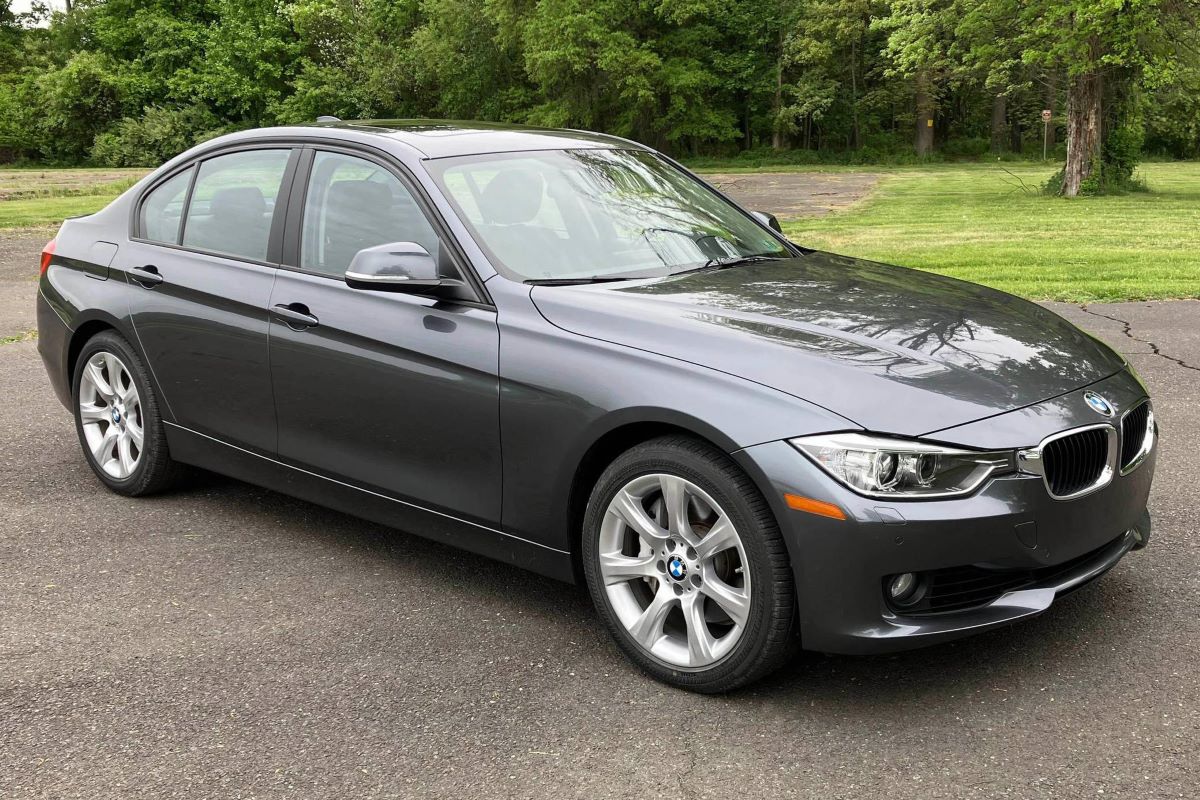
1. BMW N54 (3.0L Twin-Turbo Inline-6)
The BMW N54 engine, celebrated initially for its silky smoothness and impressive twin-turbocharged power, quickly gained a reputation as a high-performance powerhouse but one with a dark side when it comes to longevity.
Found in various BMW models such as the 335i, 135i, and Z4, the N54 delivers exhilarating acceleration and strong torque throughout the rev range. However, beyond 75,000 miles, many owners start to experience chronic reliability issues that can quickly escalate into expensive repairs.
One of the main culprits behind the N54’s decline with mileage is its high-stress forced induction setup. The twin turbos operate at very high boost pressures, putting enormous thermal and mechanical stress on internal components such as pistons, connecting rods, and valves.
While the engine uses direct fuel injection and advanced variable valve timing technology (VANOS), these complex systems increase the likelihood of failures as parts age and wear.
Among the most notorious issues are high-pressure fuel pump (HPFP) failures, which lead to stalling, rough running, and poor fuel delivery—problems often cropping up between 60,000 and 90,000 miles.
Another Achilles heel is the turbochargers themselves, which tend to suffer from premature bearing failure and wastegate rattle. As the turbos wear out, boost leaks and reduced efficiency often follow, causing decreased performance and increased fuel consumption.
The intake manifold and charge pipe couplers are also prone to cracking or loosening with age, resulting in vacuum leaks and drivability problems. Furthermore, the engine’s valve stem seals tend to degrade, causing noticeable oil consumption and smoking during cold starts, a symptom that worsens as the miles accumulate.
Moreover, the N54’s complex cooling system and oil control systems demand meticulous maintenance. Neglecting routine oil changes or using improper oil grades accelerates wear, clogging the high-pressure fuel system and damaging the turbochargers.
The engine’s timing chain, although generally reliable, can develop stretch and guide failures if oil changes are neglected, leading to catastrophic engine damage in extreme cases.
In short, the N54 engine is a thrill machine that demands respect and attentive upkeep; when mileage creeps past 75,000, any corners cut on maintenance will rapidly compound into expensive and frustrating problems.
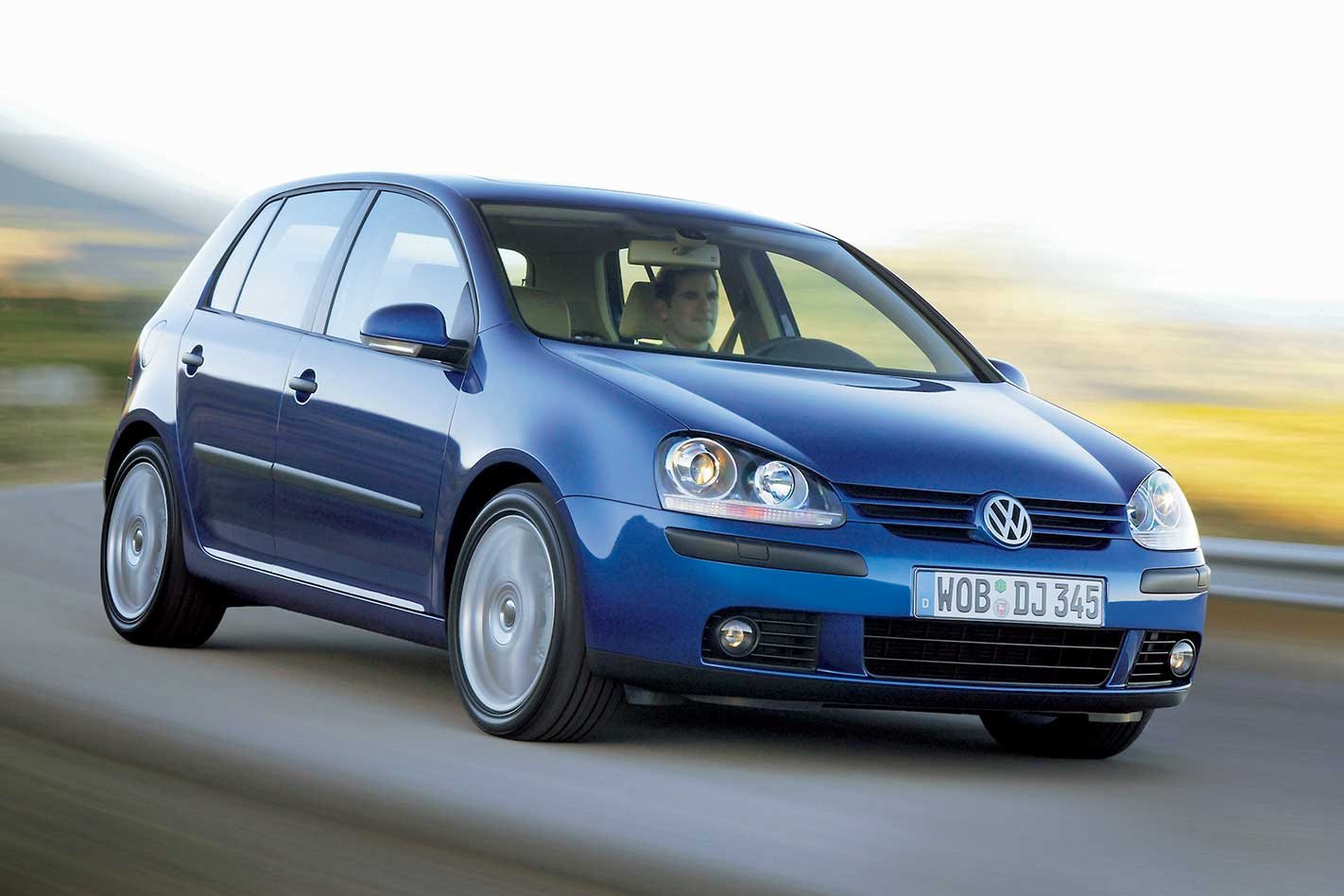
2. Volkswagen/Audi 2.0T EA888 Gen 1 (Turbocharged Inline-4)
The first generation of Volkswagen’s EA888 2.0-liter turbocharged inline-4 engine quickly became a staple across VW and Audi’s lineup, prized for its blend of efficiency and performance. However, despite its popularity and relatively modern design, this engine has become infamous for developing troublesome mechanical issues shortly after the 75,000-mile mark.
One of the most significant weak points in the EA888 Gen 1 engine is its timing chain tensioner and guide system. Rather than using a belt, this engine employs a timing chain that runs inside the engine with hydraulic tensioners and plastic guides.
Unfortunately, these plastic components tend to wear prematurely, leading to chain slack and subsequent timing misalignment. This can result in ticking noises, rough running, and eventually catastrophic valve-to-piston contact if the chain jumps teeth. Repairing this issue is costly and labor-intensive, often requiring engine disassembly or even replacement.
Oil consumption and oil leaks are also prevalent on these engines past the 75k mark. The turbocharger oil seals often fail, allowing oil to enter the intake system and cause excessive smoke and fouling of the intercooler.
PCV (positive crankcase ventilation) valves can clog, causing pressure buildup and oil leaks through valve cover gaskets and seals. Moreover, the direct injection system is prone to carbon buildup on intake valves over time, impairing airflow and performance, especially after the engine has passed the first hundred thousand miles.
Owners also report early failure of high-pressure fuel pumps and fuel injectors, which leads to rough idling, hesitation, and poor acceleration. The engine management system can sometimes throw error codes related to camshaft position sensors, and ignition coil packs tend to wear out prematurely, causing misfires.
Taken together, these factors mean that, while the EA888 Gen 1 starts off strong, it often struggles to maintain performance and reliability once the odometer crosses 75,000 miles, requiring costly repairs and preventative maintenance to keep it on the road.
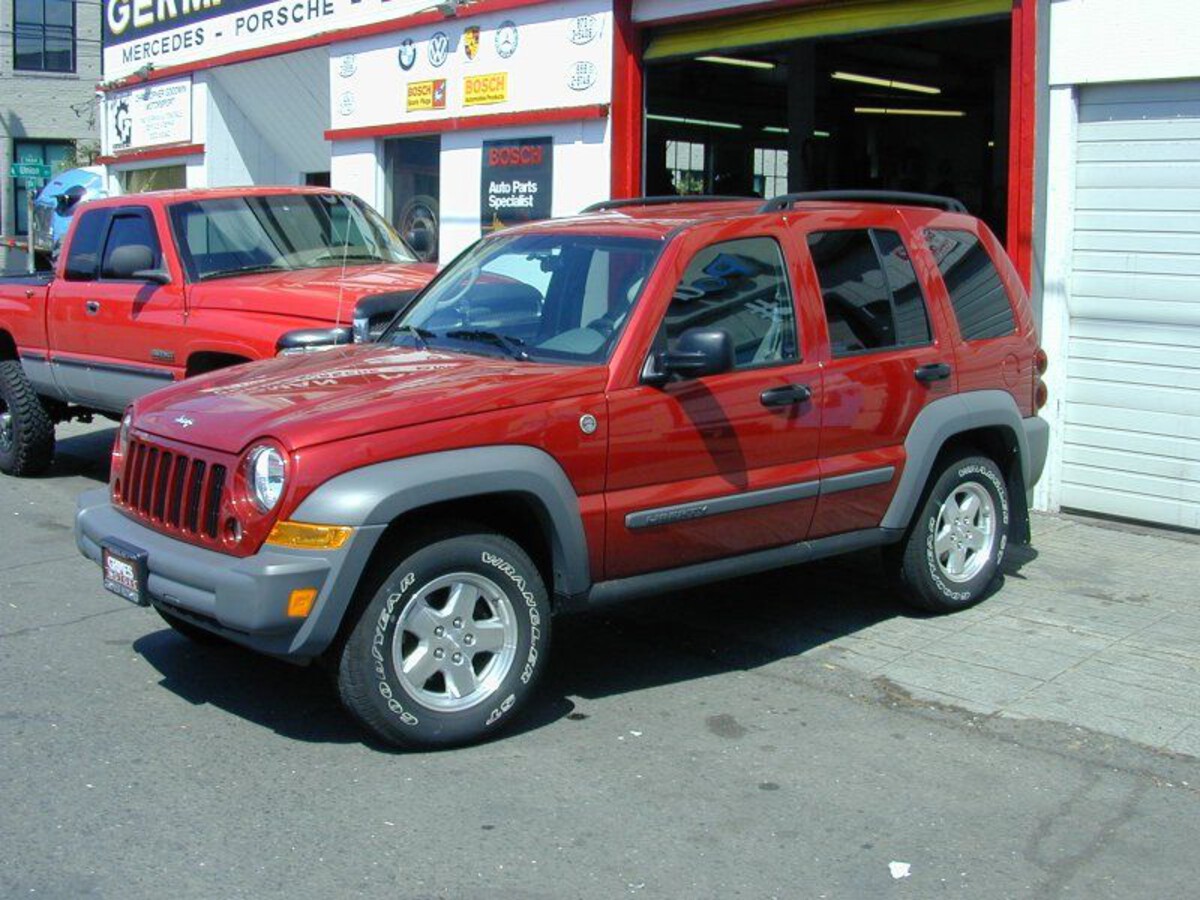
3. Chrysler 2.7L V6 (LH Engine Family)
The Chrysler 2.7L V6 engine, part of the LH engine family used in vehicles like the Dodge Intrepid, Chrysler 300M, and early Jeep Liberty models, is widely known for its early-life charm and mid-life troubles.
Initially, the 2.7L offered a smooth, refined driving experience with respectable power output. However, the engine tends to decline rapidly after 75,000 miles, making it one of the more notorious powerplants to avoid if you seek a long-lasting vehicle.
One of the most common and costly problems with this engine is premature timing chain and guide wear. The 2.7L uses a timing chain system that includes plastic guides, which have a high failure rate. When these guides break or the chain stretches, it can cause the engine’s timing to slip, leading to misfires, loss of power, and in worst cases, internal engine damage.
Unlike some other engines with non-interference designs, the Chrysler 2.7L can suffer catastrophic damage if timing fails, requiring expensive rebuilds or engine swaps.
Beyond the timing system, the 2.7L is also plagued by coolant leaks and overheating issues. The plastic intake manifold and water pump housings tend to degrade over time, resulting in coolant loss and eventual engine overheating if left unchecked.
Overheating further damages the head gasket and cylinder heads, compounding the risk of engine failure. Additionally, the engine suffers from excessive oil consumption and sludge buildup when owners do not adhere strictly to oil change intervals and use recommended synthetic oils.
The 2.7L V6 also struggles with lifters and camshaft wear, especially in vehicles where owners neglected valve adjustments and regular maintenance. This causes ticking noises, rough idling, and a notable drop in performance. Spark plugs tend to foul quickly due to incomplete combustion, and ignition coils fail prematurely, leading to misfires and check engine lights.
Overall, while the 2.7L may perform well during its first 50,000 to 70,000 miles, it tends to “fall apart” shortly afterward, requiring major repairs that often exceed the value of the vehicle itself.
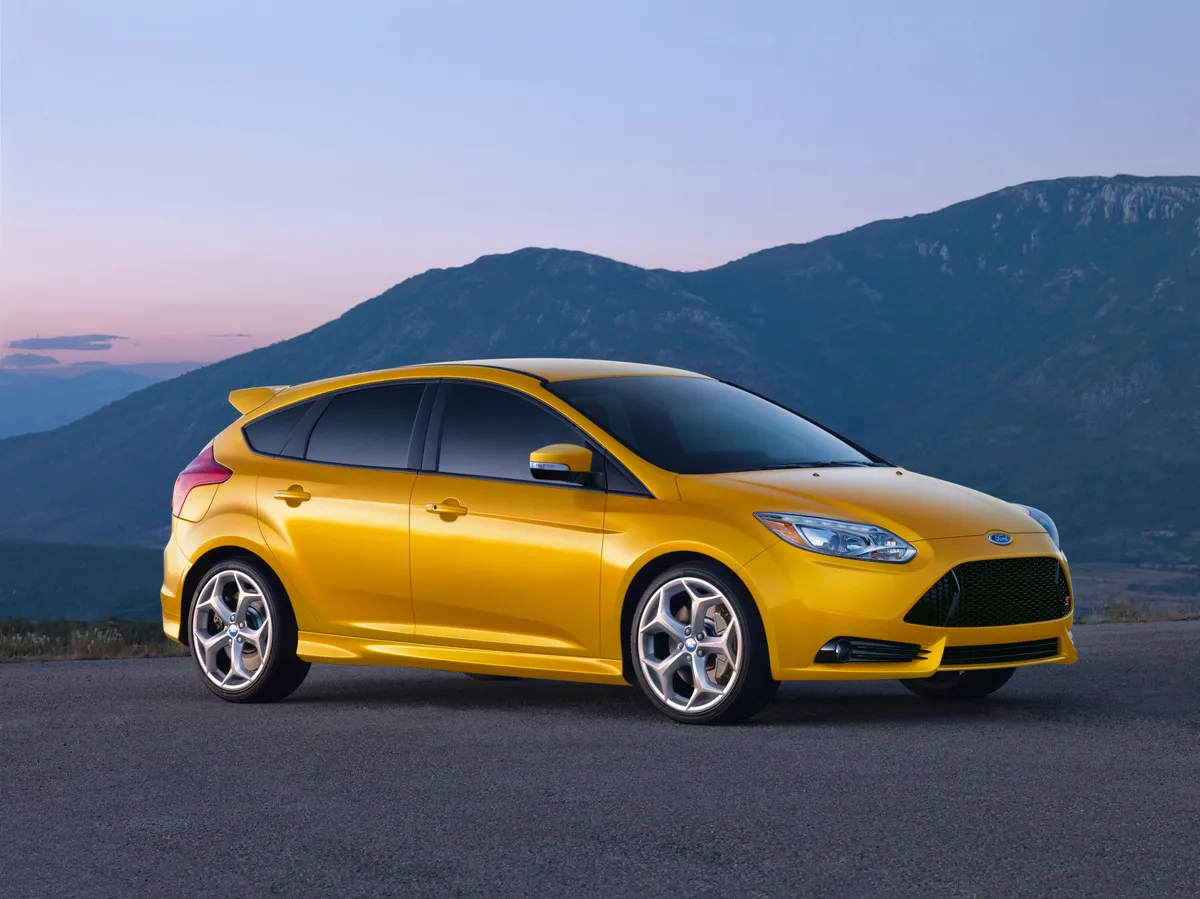
4. Ford 2.3L EcoBoost (Gen 1 Turbocharged I4)
Ford’s 2.3L EcoBoost engine, especially the first-generation variant found in the Ford Focus ST, Fusion, and Mustang, has earned a reputation as a powerful yet temperamental motor.
While it packs a punch and offers impressive fuel economy, this engine is often criticized for showing significant reliability issues once mileage climbs beyond 75,000 miles. The combination of turbocharging, direct injection, and a complex cooling system places heavy demands on its components, and many owners report failures that quickly degrade reliability.
A major problem area for the 2.3L EcoBoost is its cooling system, which includes an integrated coolant pump and various hoses that are prone to failure.
Over time, coolant leaks or pump failures can lead to engine overheating, warping cylinder heads, and expensive head gasket issues. The turbochargers themselves can also be prone to premature wear and oil coking—where burnt oil deposits clog turbo internals—leading to reduced boost and eventual turbo failure.
The engine’s direct injection system is another headache. Carbon buildup on intake valves is common after 60,000 to 80,000 miles, especially if owners fail to use fuel additives or keep up with maintenance. This buildup reduces airflow and performance, resulting in rough idling and sluggish throttle response.
Additionally, early 2.3L EcoBoost engines have reported timing chain tensioner failures, which can cause the chain to slip or jump teeth, risking catastrophic engine damage.
Oil leaks, spark plug fouling, and premature ignition coil failures are also widespread problems. Many owners complain about excessive oil consumption and the need for turbo replacements or rebuilds as they approach or exceed the 75,000-mile mark.
While Ford has made improvements in later generations, the first-gen 2.3L EcoBoost remains an engine to approach cautiously if you intend to rack up significant mileage.
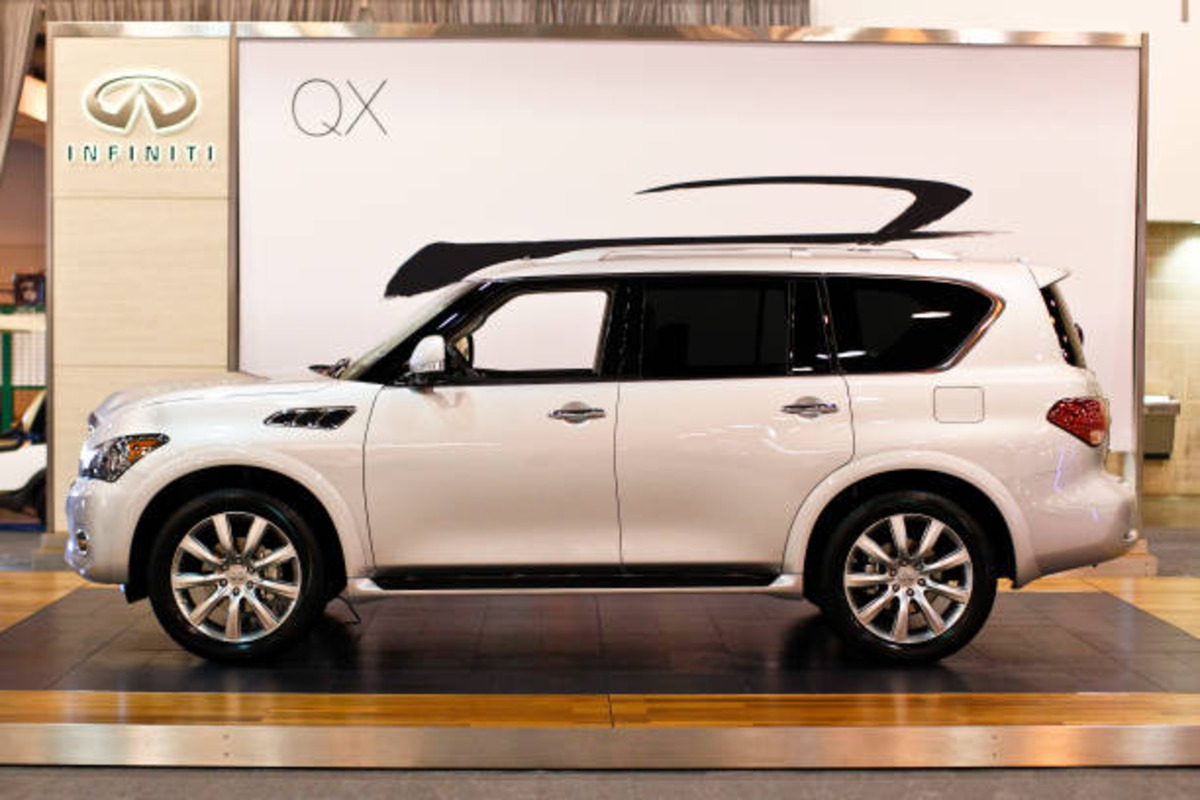
5. Nissan VK56DE (5.6L V8)
The Nissan VK56DE 5.6L V8, commonly found in the Nissan Titan, Armada, and Infiniti QX56, is a powerful and smooth engine that initially impresses with its torque and refinement. However, despite its capabilities, this large displacement V8 has a history of developing expensive problems after the 75,000-mile threshold, making it less ideal for long-term, high-mileage reliability.
One of the main concerns with the VK56DE is its timing chain and tensioner system, which can suffer from premature wear and failure. Unlike some other V8s, the VK56DE’s timing chains are longer and have several guides and tensioners that are made of materials prone to wear and cracking over time.
When these parts fail, the timing can slip, leading to rough running, misfires, and in worst cases, catastrophic engine damage requiring a full rebuild or replacement.
Another common issue is excessive oil consumption, which often develops as the engine ages past 75,000 miles. Valve stem seals wear out, piston rings lose their seal, and the PCV system can clog or malfunction, leading to burning oil and smoky exhaust. This oil consumption, if unchecked, can cause further damage to the catalytic converters and oxygen sensors, compounding repair costs.
The VK56DE also faces challenges with its cooling system, particularly with plastic radiator end tanks, thermostat housings, and water pumps that can leak or fail.
Overheating from a failing cooling system often leads to warped cylinder heads and blown head gaskets. Additionally, intake manifold gasket leaks are common, causing rough running and vacuum leaks that further decrease engine performance.
Electrical problems and sensor failures are also not uncommon in later years, complicating diagnostics and repairs. While the engine delivers strong low-end torque and a smooth power delivery, its maintenance demands and known failure points mean that beyond 75,000 miles, owners must be prepared for costly upkeep. Without diligent maintenance, the Nissan VK56DE can quickly transition from a reliable powerhouse to an expensive headache.
Also Read: 5 SUVs With the Best Headlight Throw and 5 With Dark Spots
The journey through these ten engines—five champions of high mileage and five notorious challengers—offers an important lesson in automotive engineering, ownership strategy, and the unpredictable dance between design, use, and longevity.
Engines that love high mileage demonstrate a remarkable resilience rooted in thoughtful design, robust materials, and an emphasis on reliability over sheer performance or complexity.
These powerplants, like the legendary Mercedes OM617 or the Ford 300 Inline-6, are testament to an engineering philosophy that prioritized long-term durability, straightforward mechanics, and ease of maintenance. They reward owners who maintain them properly, offering not just longevity but also peace of mind—a priceless commodity in vehicle ownership.
Conversely, engines that hate high mileage remind us that technological advancement, while exciting, often comes with trade-offs. The modern quest for power, fuel economy, and emissions compliance has led to increasingly complex engines packed with turbochargers, direct injection, variable valve timing, and an array of electronic controls.
While these advancements push the envelope of what an engine can achieve, they also introduce a host of potential failure points. For example, BMW’s N54 twin-turbo inline-6 and Volkswagen’s EA888 first-generation 2.0T are both marvels of engineering that produce impressive power, yet they frequently show signs of wear and costly repair needs once the odometer passes 75,000 miles.
This reality underscores the importance of realistic expectations and proactive maintenance when owning such engines. One of the biggest takeaways from examining these engines is the undeniable role of maintenance and care in extending engine life.
No matter how durable an engine is designed to be, neglect can quickly undo decades of engineering excellence. Conversely, some engines with a reputation for being fragile can surprise owners who adhere to strict maintenance schedules, use quality fluids, and address issues early.
The engines that love high mileage often do so because their owners respected their needs and performed routine maintenance, oil changes, and timely repairs. The engines that hate high mileage often punish owners who don’t maintain them meticulously or who push their limits without regard for wear and tear.
Another important point is the evolving nature of engine technology and design philosophies. The durable, simple engines of the past benefited from fewer moving parts and straightforward mechanical designs. Today’s engines are technological marvels but come with increased complexity, which can compromise long-term reliability.
As manufacturers continue to innovate, hybrid and electric drivetrains are gaining ground, potentially shifting the conversation away from traditional internal combustion engines altogether. Yet for now, many drivers still depend on gasoline or diesel engines, and understanding which ones stand the test of time remains critical.
For buyers searching for a dependable used car, this knowledge can be a game-changer. Choosing a vehicle with an engine that loves high mileage means fewer worries about sudden failures and unexpected expenses.
It also means a higher likelihood of keeping the vehicle on the road for years, potentially saving thousands of dollars. On the flip side, knowing which engines are prone to breakdowns after 75,000 miles can help buyers avoid costly mistakes or at least prepare for future maintenance budgets.
Ultimately, longevity in an engine is a partnership between design, use, and care. The engines that love high mileage often seem to reward respect, patience, and diligence, while those that hate it demand extra caution and vigilance.
This dynamic reinforces an essential truth for any driver: understanding your engine’s strengths and weaknesses is the best way to ensure it continues to serve you faithfully well beyond the 75,000-mile milestone and beyond.
